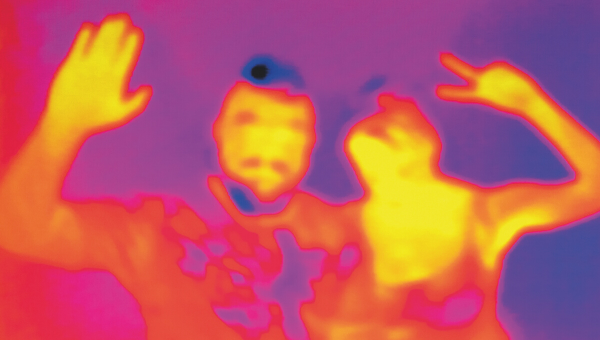
It elects not to include LiDAR, with Elon Musk going as far as describing the technology as a “fool’s errand”. We’d hate to hear what he thinks of thermal imaging as an input for an autonomous system.
It must be said that Musk does know what he’s talking about. The autonomous capabilities of Tesla models, as revealed at last year’s Autonomous Day, are staggeringly good without LiDAR. But as we’ve said in the past, we think Tesla might eventually include LiDAR when prices drop to acceptable levels. Perhaps thermal imaging might follow a similar utilisation pattern. Really, if a beneficial technology becomes cheap enough, why not include it?
In the immediate future, Tesla and other manufacturers are still thinking in terms of selling cars to individuals. This generally calls for the lowest production costs possible. At the same time, however, they’re also preparing to offer autonomous car owners the option to submit to a TaaS (Transport as a Service) fleet when they’re not using them and earn money for doing so.
Such cars will have to be completely safe and reliable all of the time. No exceptions. If the costs of the technology to make them so were defrayed by a positive income stream from hiring, we might see the inclusion of things like thermal imaging.
It is suggested that TaaS will greatly diminish vehicle ownership in coming years. We covered this in our 2017 article on the RethinkX report. To reiterate, if personal ownership does wane, car manufacturers will have to start offering TaaS. The alternative would be to wholesale cars to Uber and the like on terms dictated by such organisations, which would be most undesirable.
Offering TaaS might also be a way of keeping a modified form of brand loyalty alive. With appropriate marketing, people might still call for a particular model from a certain manufacturer. Superior safety would almost certainly figure in such campaigns and infrared imaging, along with LiDAR, as additional safety features could certainly be made relevant.
Many of the hand-held infrared thermal image cameras seen in industrial applications are from a company called FLIR®. Now, that’s clever marketing, adopting a well established and widely used industry acronym as your company name. It’s a bit like a car manufacturer calling itself CAR. I need a new CAR. That’s a nice CAR. I bought a CAR. In the same vein FLIR thinks FLIR is well suited to object recognition in autonomous vehicles.
High quality thermal imagers/cameras are capable of resolving very small temperature differences. Consequently, as the accompanying images from FLIR show, the outlines of various elements in a scene can be determined quite easily, much more so than with standard cameras in many situations. The company also points out that adding a distinctly different type of sensor to the conventional package described earlier increases redundancy and therefore, safety.
FLIR systems can ‘see’ much farther than a person can see with headlights. The resolving range of current FLIR systems is much greater than previous systems, the sensors are smaller and the cost has come down considerably. Once FLIR systems enter mainstream car production, as FLIR suggests they will, costs will fall even further.
Also, the power requirements of current FLIR units is reduced compared with earlier types. The company says there will be still further reductions in this area.
When mirrors were first fitted to cars they weren’t compulsory but as the benefits became obvious they became compulsory fittings. As we move ever closer to full Level 5 autonomy, car manufacturers and Tier 1 suppliers are sorting out what works best and what should be incorporated.
As we get closer to the goal of human-free driving, the benefits of thermal imaging may become so obvious that inclusion of this technology will become mandatory, regardless of individual manufacturers’ opinions. FLIR thinks this will, or at least should, be the case and they make a convincing argument.
Read Hot stuff (Part 1). Alternatively, view the full article and accompanying imagery in the April 2020 issue of Australian Automotive, page 38.